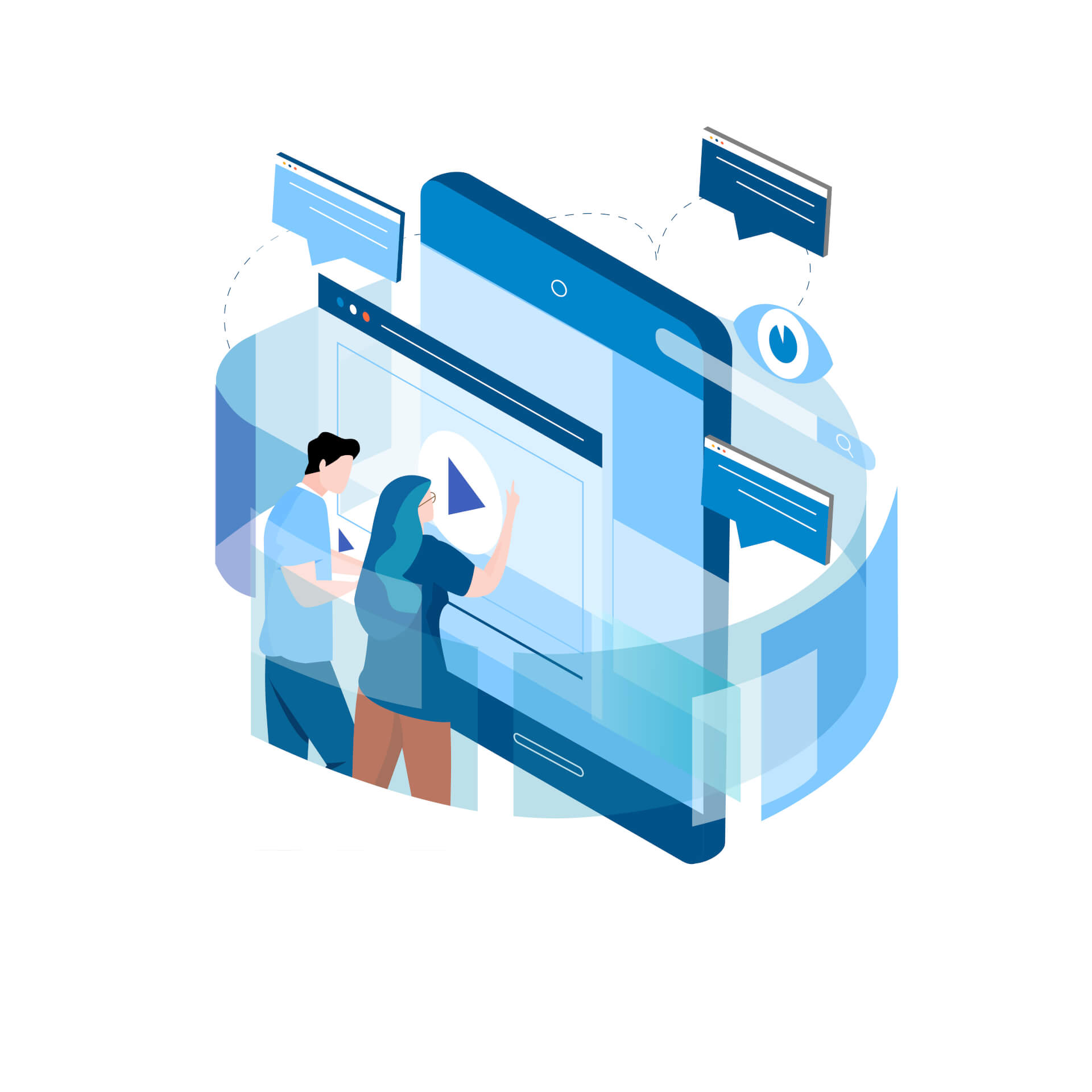With ever-changing demands, businesses must be agile and responsive. Online proposal software has emerged as a powerful tool that enables businesses to create, send, and manage proposals with remarkable speed and precision.
 This article will explore how to use online proposal software to adapt to customer needs swiftly, covering everything from basic functionalities to advanced features and best practices.
This article will explore how to use online proposal software to adapt to customer needs swiftly, covering everything from basic functionalities to advanced features and best practices.
Table of Contents
Benefits of Using Online Proposal Software

The benefits of using online proposal software are numerous.
It saves time by automating the creation of proposals, improves accuracy by standardizing templates, enhances collaboration among team members, and provides valuable insights through analytics.
Efficiency and Speed
- Time Savings: Significantly reduce the time required to create and send proposals.
- Automation: Automate repetitive tasks and workflows.
Customization and Personalization
- Tailored Proposals: Personalize proposals to meet specific client requirements.
- Brand Consistency: Maintain consistent branding across all proposals.
Improved Collaboration
- Team Collaboration: Enable multiple team members to work on proposals simultaneously.
- Client Feedback: Easily gather and incorporate client feedback.

Key Features to Look For
When choosing online proposal software, it's important to look for the following key features.
Core Features
- Template Libraries: Ready-made templates for various industries and purposes.
- Customization Options: Flexibility to customize templates according to specific needs.
- Integration Capabilities: Seamless integration with CRM, ERP, and other business tools.
- Collaboration Tools: Real-time collaboration features for teams.
- Analytics and Tracking: Detailed insights into proposal views, interactions, and acceptance rates.
- Electronic Signatures: Secure and legally binding e-signature functionalities.
- Mobile Accessibility: Full functionality on mobile devices.
Security Measures
- Data Encryption: Ensuring data privacy and security.
- User Authentication: Multi-factor authentication for secure access.
- Compliance Standards: Adherence to GDPR, HIPAA, and other regulatory requirements.
Adapting to Customer Feedback

Gathering Feedback
Gathering feedback from clients about your proposals can be done through surveys, direct communication, or feedback forms.
Implementing Changes in Real-Time
One of the greatest advantages of online proposal software is the ability to make changes in real-time. This allows you to quickly adapt your proposals based on client feedback.
Areas of application
Sales and Marketing
- Sales Proposals: Streamline the creation and delivery of sales proposals.
- Marketing Campaigns: Develop and manage proposals for marketing campaigns.
Project Management
- Project Proposals: Craft detailed project proposals with timelines and budgets.
- Client Communications: Maintain clear and consistent communication with clients.
Human Resources
- Hiring Proposals: Create proposals for recruitment and staffing needs.
- Employee Training: Propose and manage employee training programs.
Challenges and Limitations

One common challenge is resistance from team members who are hesitant to adopt new tools.
Address this by clearly communicating the benefits and providing thorough training.
Learning Curve
- Training Needs: Initial training required for team members.
- Adaptation Period: Time needed for teams to adapt to new software.
Cost Considerations
- Subscription Fees: Ongoing costs associated with software subscriptions.
- Additional Features: Extra charges for advanced features and integrations.
Latest Innovations

AI and automation are becoming increasingly prevalent in proposal software.
These technologies can help automate repetitive tasks, provide insights through data analysis, and even suggest improvements to your proposals.
AI Integration
- Automated Content Generation: Use AI to generate proposal content.
- Predictive Analytics: AI-driven insights to predict proposal success.
Future trends also include enhanced personalization features, allowing you to create proposals that are highly tailored to each individual client
Enhanced User Experience
- User Interface Improvements: More intuitive and user-friendly interfaces.
- Interactive Proposals: Engaging and interactive proposal formats.
Future Prospects
Greater AI Capabilities
- Advanced Analytics: Enhanced predictive analytics and insights.
- Voice-Activated Features: Integration with voice-activated assistants.
Global Reach
- Multilingual Support: Proposals in multiple languages.
- Global Compliance: Adherence to international regulatory standards.
Comparative Analysis
Traditional vs. Online Proposals
- Speed and Efficiency: Online proposals are significantly faster and more efficient.
- Collaboration: Online tools offer superior collaboration features.
Different Software Options
- Feature Comparison: Evaluating features of leading online proposal software.
- Cost-Benefit Analysis: Comparing costs and benefits of various software options.
User Guides or Tutorials
Getting Started
- Setting Up: Step-by-step guide to setting up online proposal software.
- Template Customization: How to customize templates for specific needs.
Advanced Features
- Integrations: Setting up integrations with other business tools.
- Analytics: Using analytics to track and improve proposal performance.
Conclusion
Online proposal software is a vital tool for businesses looking to adapt quickly to customer needs. By leveraging the features and capabilities of these tools, businesses can improve efficiency, enhance customization, and ensure timely and accurate proposals.
As the technology continues to evolve, the future holds even more promising advancements, making it an essential component of modern business strategies.
 Reading tip: If our article helped you and you would like to find out more about creating online proposals, we recommend our little guide: “Creating Successful Online Proposals: A Guide”
Reading tip: If our article helped you and you would like to find out more about creating online proposals, we recommend our little guide: “Creating Successful Online Proposals: A Guide”